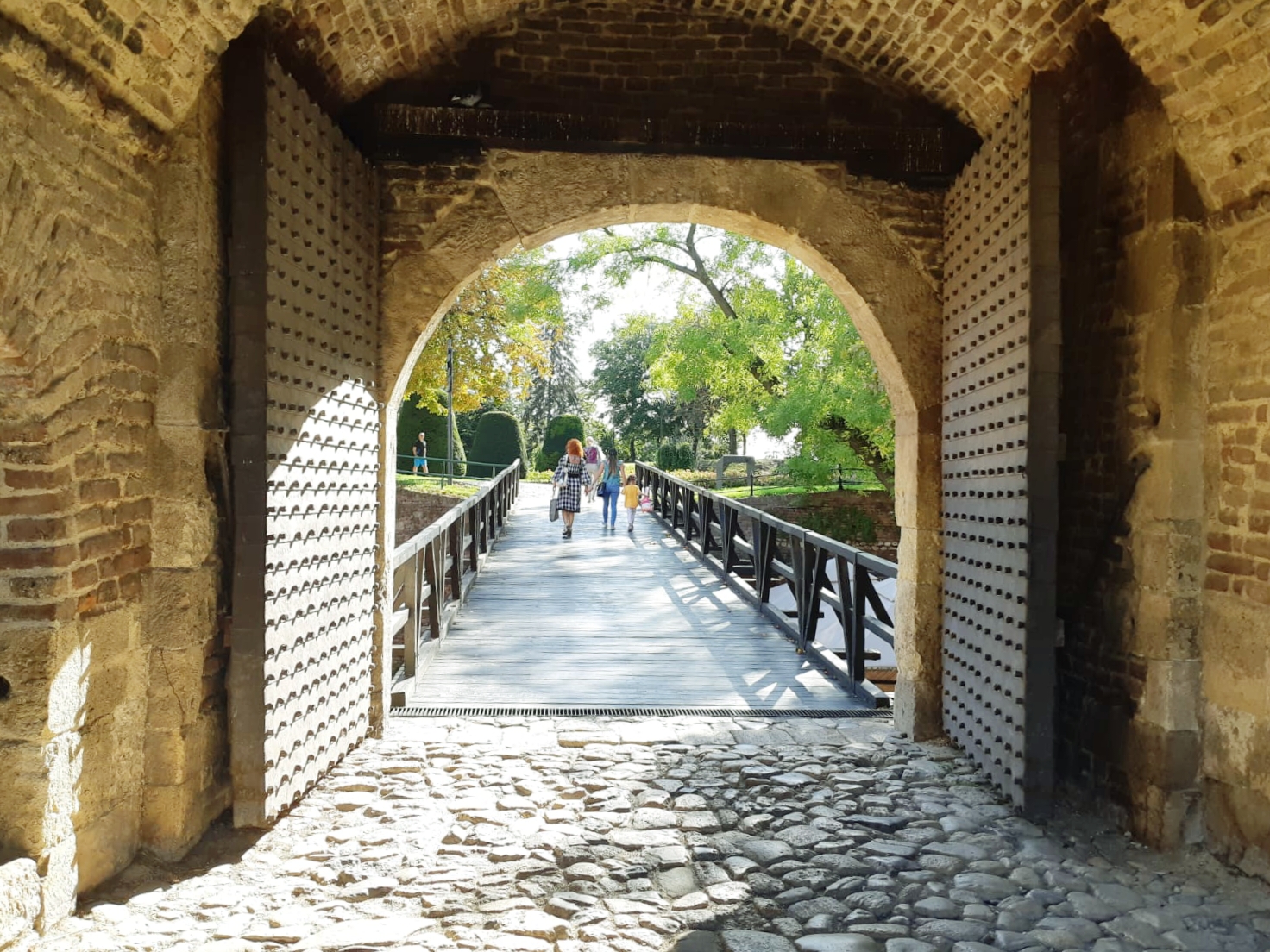Belgrade Fortress and Kalemegdan Park
In the Heart of the City That Never Sleeps
Written and photographed by Jana Milosavljevic.
Voted as Europe’s top travel destination in 2019 according to Travel Lemming, a website dedicated to promoting the world’s emerging travel destinations, Serbia and its tourist site gems have continued to appeal to growing numbers of tourists from around the world ever since. Serbia is located in the heart of the Balkan Peninsula in southeastern Europe and shares its border with eight countries. Serbia has a unique location that occupies the crossroads that connect Western and Oriental Europe. At times, this location has been rather troublesome, such as how the Serbian territory has been the battleground of many armies throughout history. Due to this fact, what Serbia nowadays has to offer to its visitors is a fusion of the traditional and modern, as well as the clash of a long and turbulent history with newly developed urban districts and a vibrant nightlife. The best representative of this contrast is none other than the country’s capital – Belgrade.
Belgrade is one of the oldest cities in Europe. It is believed that it was first settled between twenty-thousand to fifty-thousand years ago by Thraco-Dacians, followed by Celts, Romans, and Slavs. Thanks to its strategic location at the confluence of the Danube (Europe’s second-longest river) and the Sava River, Belgrade has been fought over in as many as 115 wars, resulting in its destruction and subsequent rebuilding 44 times. Furthermore, it has had its name changed 15 times throughout history. The Celts called it “Sngidun” and the Romans “Singidunum,” while the first mention of its current name, “Belgrade,” was in the ninth century. Its name in the Serbian language is “Beograd,” which is a compound of the words beo meaning “white,” and grad meaning “city,” making Belgrade’s best translation the “White City.”
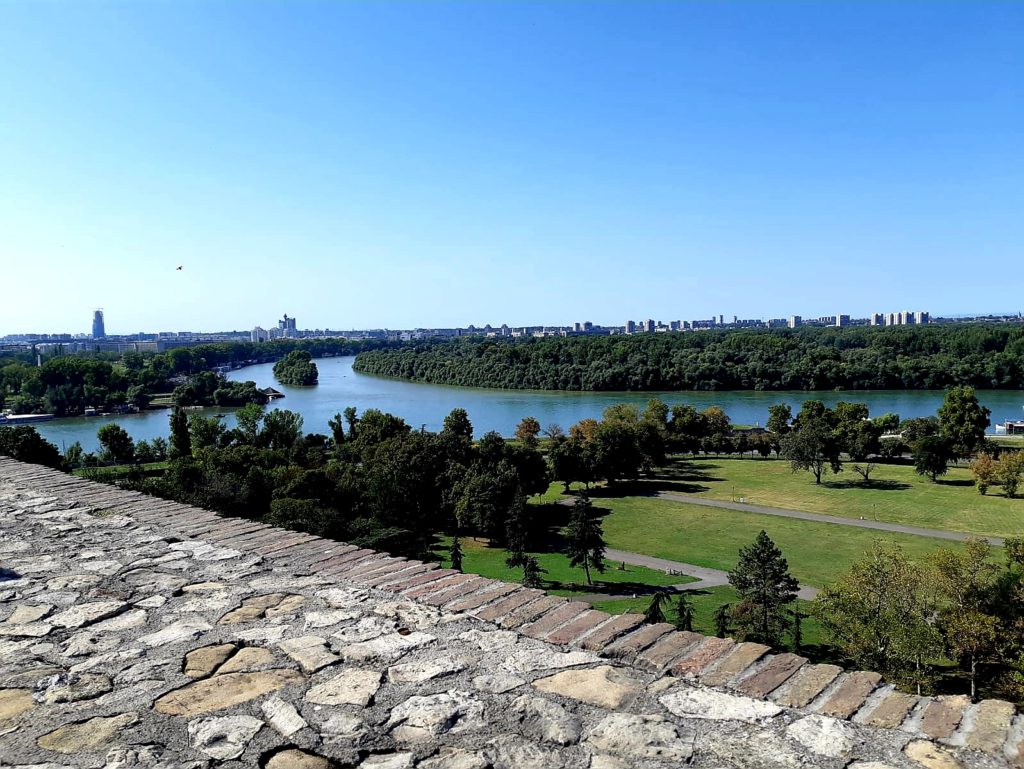
Belgrade Fortress and Kalemegdan Park are located on the grounds that are considered to be Belgrade’s birthplace. Belgrade Fortress, continually destroyed and rebuilt in the period between the second and eighteenth centuries, still stands strong as a heritage site of monuments left by Romans, Ottomans, Austro-Hungarians, and many more armies, peoples, and conquerors. Due to its perseverance through history despite so many conquests, the fortress has become a symbol of the vitality of the Serbian people and of the city of Belgrade itself, which continues to grow day by day.
Belgrade Fortress
Belgrade Fortress is made up of an upper and lower town. If you follow the walls of the fortress, you will be able to see as many as 20 town gates from different periods of history. Among many interesting sights inside its walls is the so-called “Roman Well,” which is neither Roman nor a water well and was actually built in 18th century. In addition to this, an authentic 18th-century Austrian clock tower exists as a rare monument that has preserved its original architectural and stylistic features, without having undergone any repairs or modifications to this day. Located inside the fortress walls is also an Ottoman mausoleum – Damad Ali Pasha’s Turbeh – a very rare, preserved monument of Islamic architecture in Belgrade. Another interesting preservation found here is what is known as Hamam – the Old Turkish Bath.
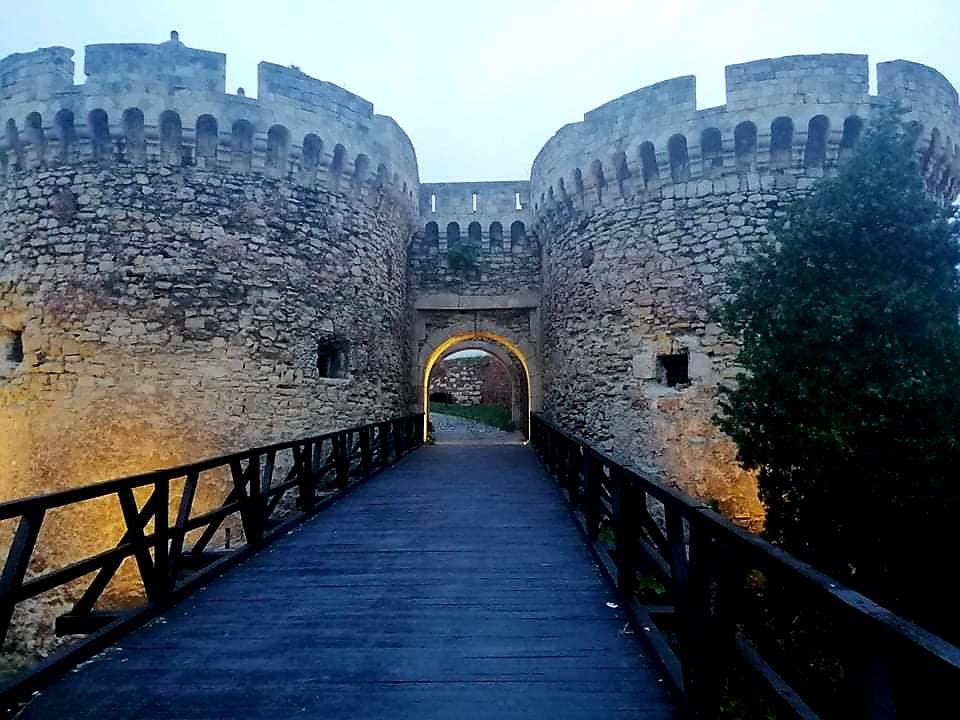
Those who are interested in military history should not miss the opportunity to visit the Military Museum, surrounded by authentic old tanks and artillery, as well as the Nebojsa Tower – the medieval canon tower that the Ottomans transformed into a dungeon. A special treat for military enthusiasts that can be found near the tower is the Big Gunpowder Magazine, set up by the Austrians at the beginning of the 18th century as a safe place to hide artillery, while today it serves as a museum that houses a collection of stone monuments, which includes Roman sarcophagi, tombstones, and altars.
Among the many foreign memorials in the fortress, one must not forget the representative Serbian ones – the Victor Monument and the Ruzica Church. The Victor Monument (or Pobednik in Serbian) is a 14-meter-high bronze sculpture of a strong, nude warrior holding a sword in his right hand and a pigeon in his left hand, created by the sculptor Ivan Mestrovic. Despite being at first disliked by its own citizens (similar to how the Parisians disliked the Eiffel Tower), the Victor Monument finally came to be one of the most prominent symbols of Belgrade and victory itself over time. It stands proud on the upper town’s plateau overlooking the confluence of the two major rivers in the region. Ruzica Church (ruzica meaning “small rose” in Serbian) was dedicated to the birth of the Mother of God. It served primarily as an Austrian gunpowder magazine, but after the Serbs regained the fortress, they restored the church, adding a bell tower and turning it into an Orthodox Christian church. At the entrance of the church are two bronze figures, one of a medieval knight and the other of a soldier from the First World War, both of which are thought to guard the church.
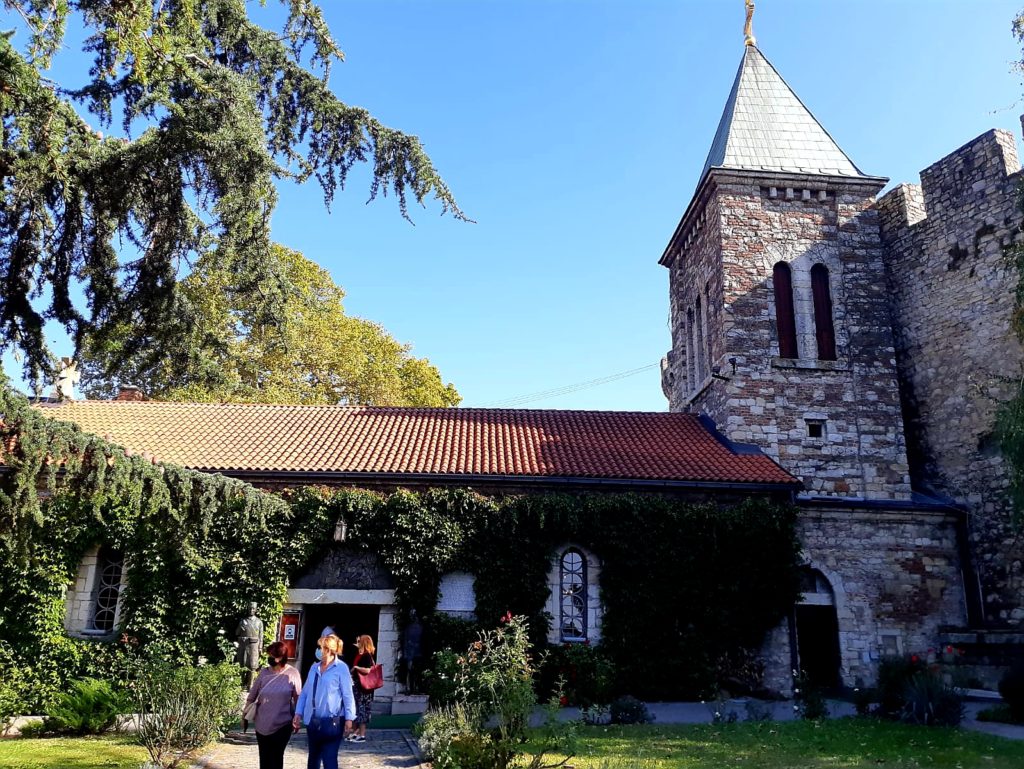
Kalemegdan Park
The vast field in front of Belgrade Fortress, now converted into Belgrade’s biggest and most beautiful park, was named Kalemegdan by the Ottomans, by joining the Turkish words kale, which means “city” or “fortress,” and megdan, meaning “battlefield.” In the park, one can follow winding walking paths and discover shady benches, picturesque fountains, random statues, and incredible river views while watching beautiful river sunsets. Hidden in the park are also more modern monuments, such as the Monument of Gratitude to France unveiled in 1930, as well as more exotic monuments, like a Japanese fountain that was erected in 2010 in gratitude to the people of Japan for donations that the City of Belgrade received.
Locals love Kalemegdan Park, so you will never find the park empty. In the morning, you can meet people going for a morning jog or dog lovers with their pets. During the day, you will almost definitely see grandpas playing chess and bickering, as well as youngsters having picnics during breaks from their studies, while nights are reserved for romantic walks and dates. Also, if you are in search of authentic souvenirs, you will surely find them here. Many people take out to sell even their actual possessions from the past that cannot easily be obtained nowadays – things such as old paper money, old coins, badges, traditional hats, shoes, and instruments.
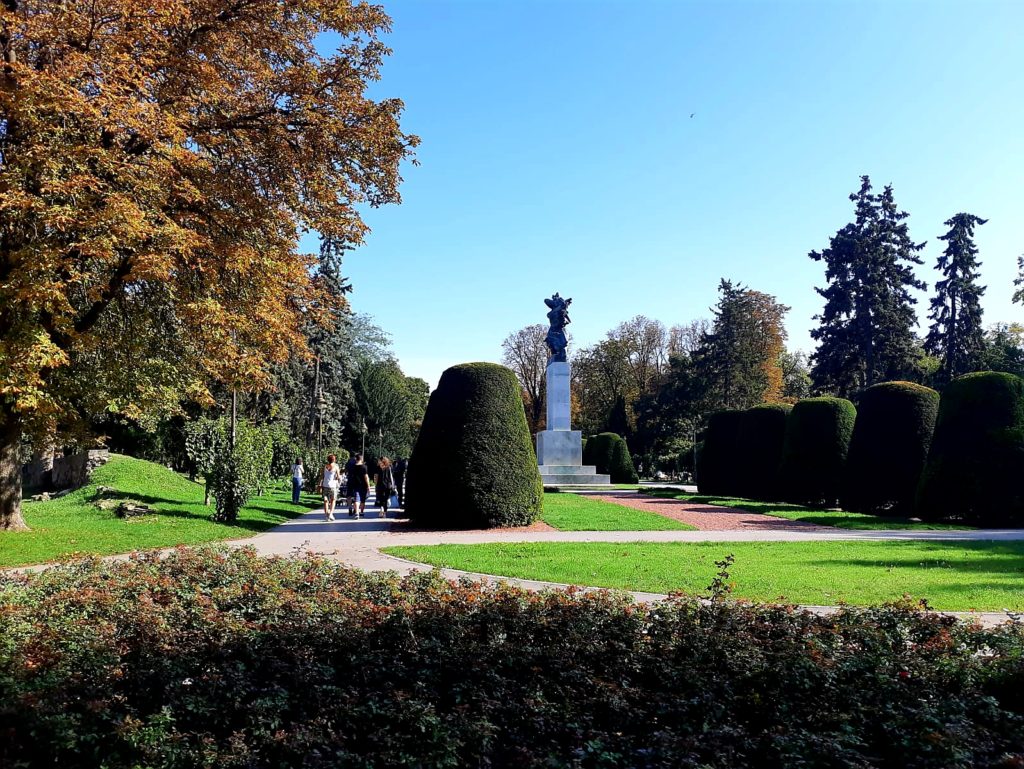
Nightlife Next to History
Lonely Planet, a website that publishes popular travel guides, referred to Belgrade as “the City with the Best Nightlife in the World,” and anyone who has ever visited might confirm the statement. Moreover, further demonstrating that Belgrade’s attractions are truly a fusion of the past and present is the fact that right below Belgrade Fortress’ walls, under a high cliff, are the city’s most famous clubs – splavs. Splavs are floating river clubs that have come to symbolize Belgrade’s irresistible nightlife. There are around 170 of them all along the banks of the two rivers, so no matter what kind of music you like to listen to, you will definitely find a river club that suits your taste. These floating clubs have become synonymous with great parties and never-ending fun.
If you are not interested in partying on the river, then you can actually go clubbing inside the Fortress. Barutana is an open-air club borrowing its space from a unique 17th-century warehouse, the original purpose of which was to store gunpowder that was used to defend the fortress throughout history. Finally, for those interested in experiencing the more traditional way in which Serbs have fun, just a 20-minute walk from the fortress is Skadarlija Street, the “bohemian street,” another place where music and singing can be heard until dawn. Skadarlija Street is home to the famous kafanas, or traditional Serbian taverns, where you can eat and drink Serbian traditional delicacies and enjoy your time while singing and dancing to the sounds of traditional music with the locals.
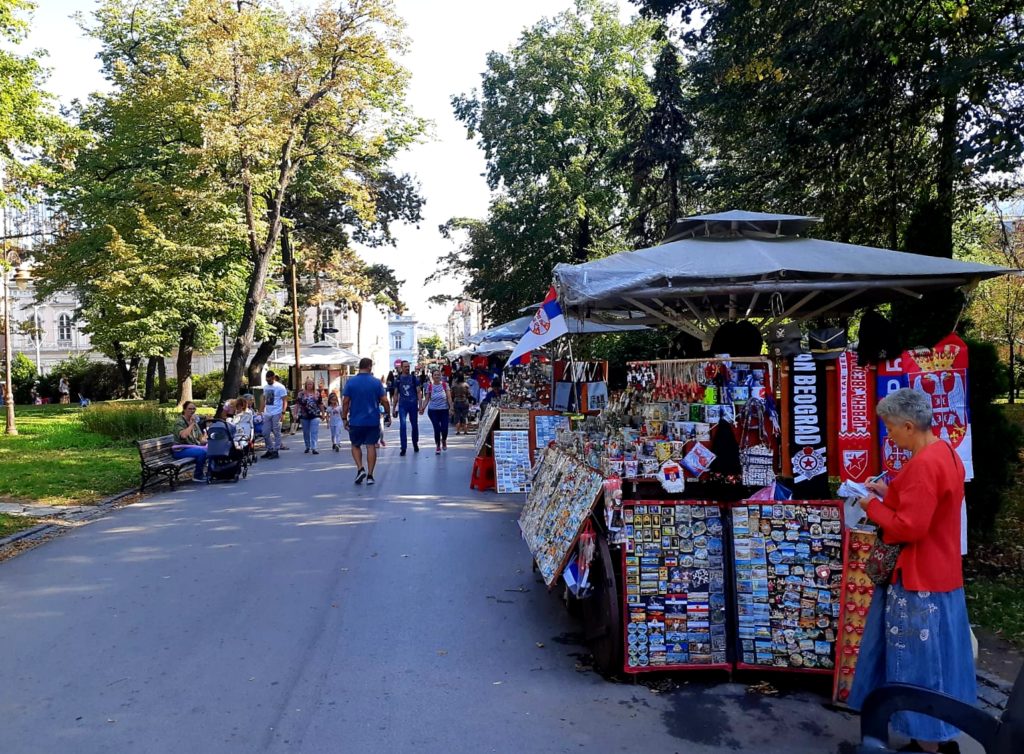
The Author
Jana Milosavljevic was born and raised in Serbia. She currently lives in Gwangju, and she loves exploring and learning about new cultures and meeting new people. In order to be able to communicate with as many people as possible, apart from Serbian, she has learned English, Japanese, Korean, and German. Instagram: @janemiya




